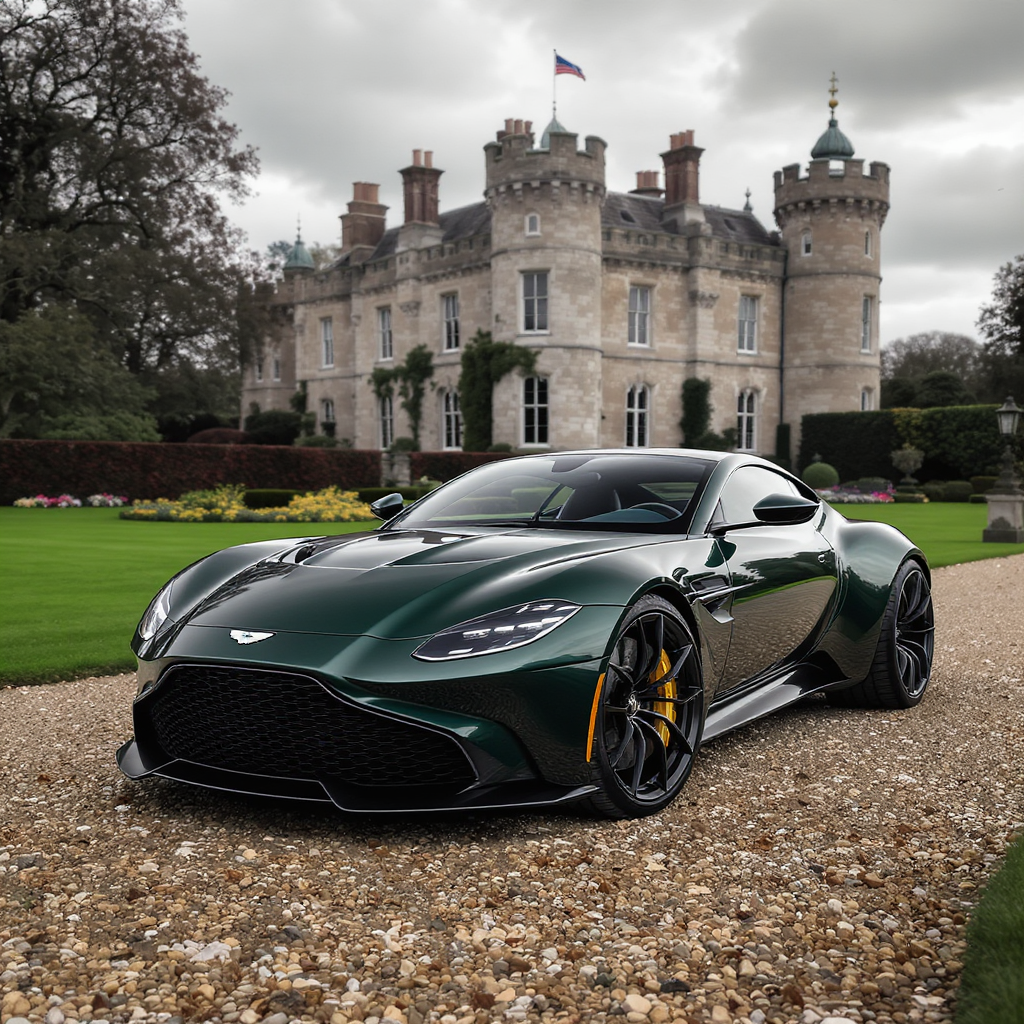
Max Verstappen delivered a commanding performance at the Circuit of the Americas, securing both sprint race and main race victories in a perfect weekend that has dramatically shortened the gap to championship leader Oscar Piastri. The reigning world champion's resurgence continues as he claimed his fifth win of the 2025 season [1], marking a remarkable comeback from being 104 points behind after the Dutch Grand Prix.

In a stunning display of skill and determination, Trackhouse rider Raul Fernandez secured his first-ever MotoGP victory at the Australian Grand Prix, marking a remarkable turnaround in his 2025 season. The triumph comes as particularly significant given Fernandez's earlier struggles this year, with Marco Bezzecchi completing the podium in third place [1].
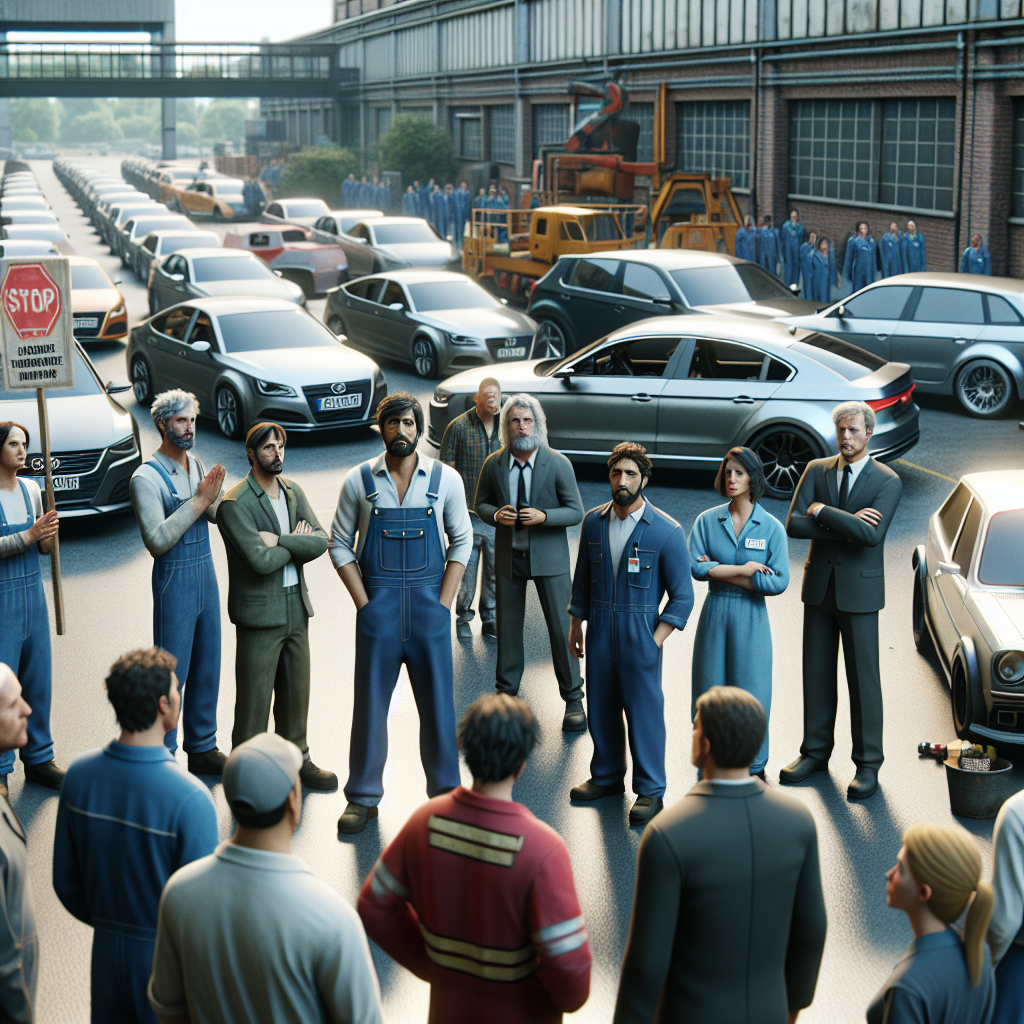
The automotive and motorsport sectors are experiencing significant workforce contractions as major manufacturers announce substantial layoffs in response to regulatory pressures and financial restructuring. General Motors has revealed plans to eliminate thousands of jobs, citing regulatory changes as the driving force behind the decision, while motorcycle manufacturer KTM faces even more dramatic cuts affecting more than half its workforce. These developments underscore the challenges facing vehicle manufacturers as they navigate shifting regulatory landscapes and economic pressures. The layoffs span both production facilities and high-profile motorsport operations, signaling broad impacts across the industry.
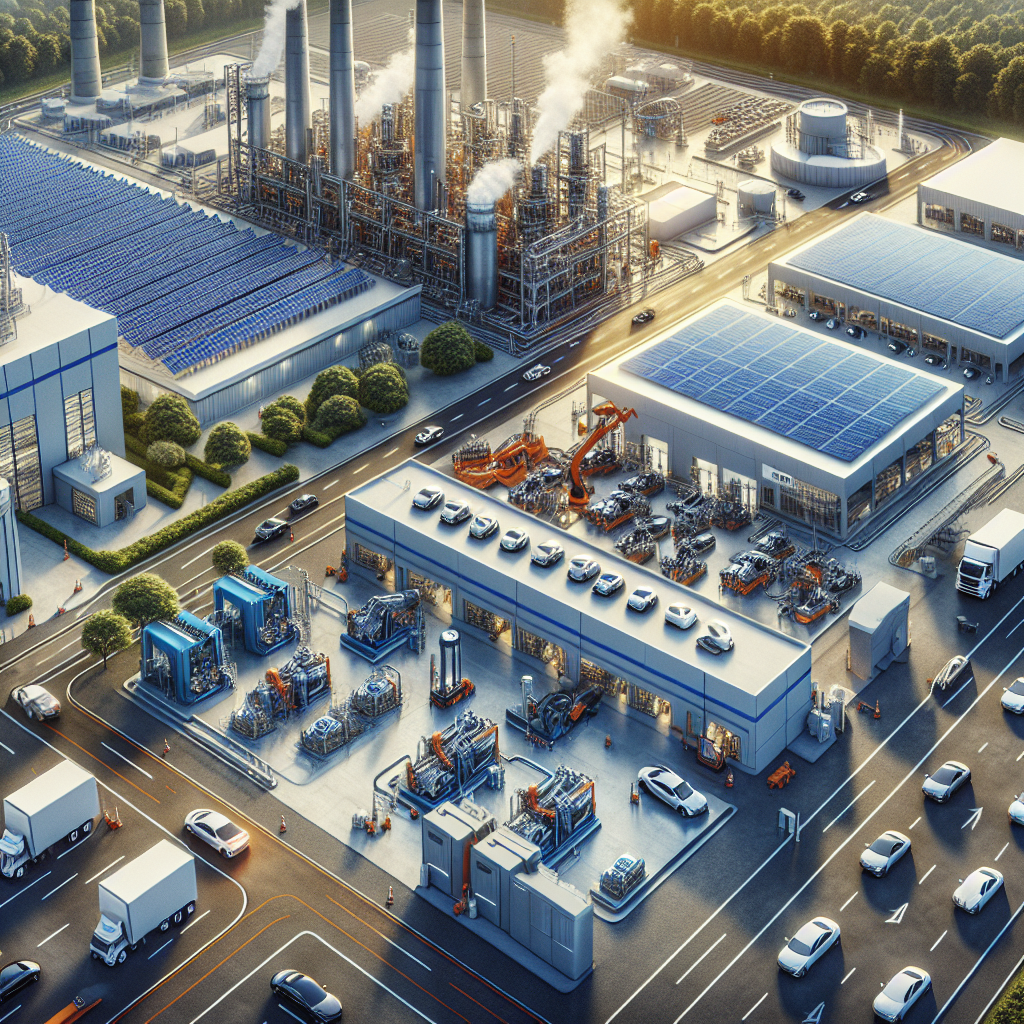
Major manufacturers across the globe are investing heavily in new production facilities and factory transformations to meet rising demand for renewable energy technologies and alternative fuel vehicles. From solar panel production in the United States to hydrogen fuel cell manufacturing in South Korea and electric vehicle assembly in Vietnam, companies are committing billions to expand their manufacturing footprints. These capacity expansions reflect growing confidence in the transition toward cleaner energy sources and zero-emission transportation, with facilities designed to significantly boost output in the coming years. The investments demonstrate how manufacturers are positioning themselves to capitalize on policy support and consumer demand for sustainable technologies.
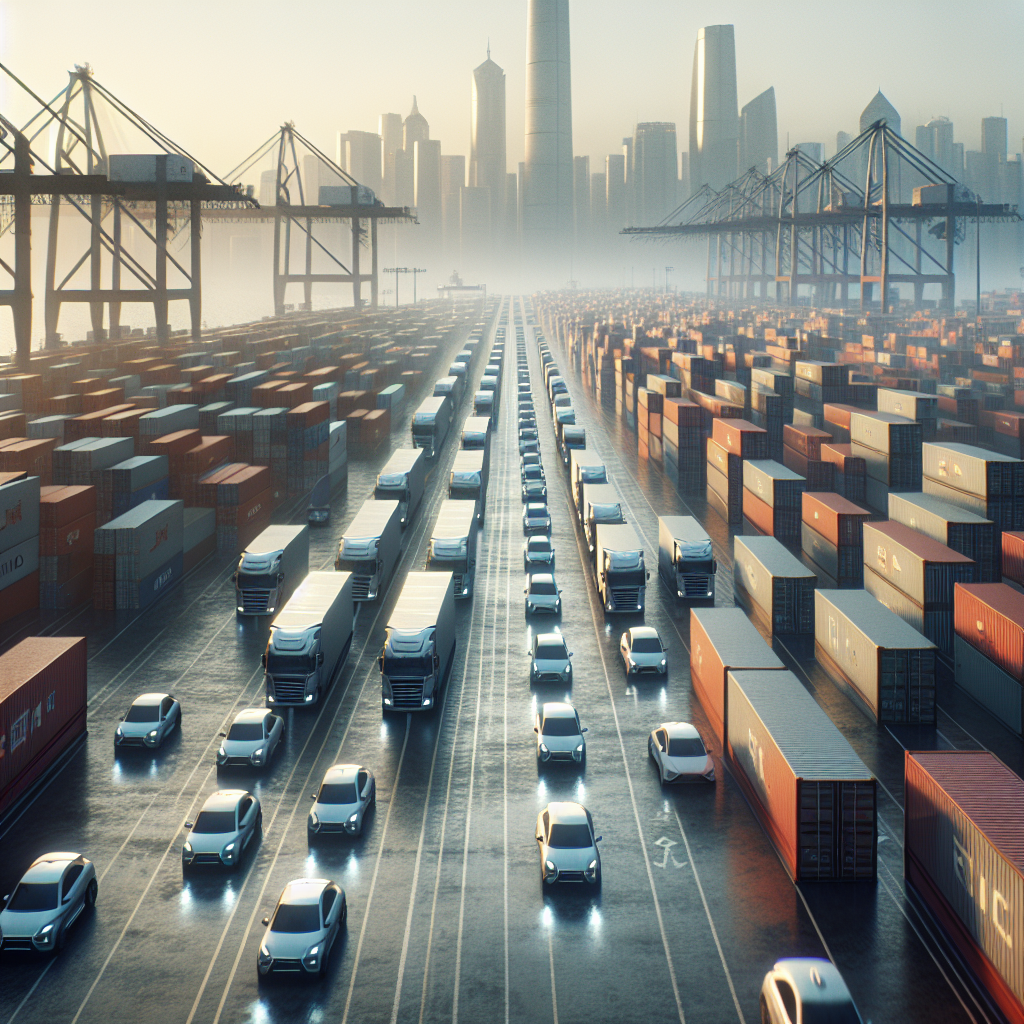
China's automotive sector is experiencing significant momentum as manufacturers push aggressively into new markets while the domestic electric vehicle segment continues robust growth. Leading Chinese automaker BYD is spearheading export efforts by targeting Japan's traditionally protected kei car segment with new compact electric models, while also developing vehicles to compete in other global niches. Meanwhile, domestic sales data reveals strong performance for battery electric vehicles, even as China's latest five-year economic plan signals a potential shift in government priorities away from new energy vehicles. These developments highlight the maturing confidence of Chinese manufacturers and evolving competitive dynamics both at home and abroad.

The luxury automotive sector is experiencing a dynamic period of strategic repositioning and product development, with premium brands pursuing diverse approaches to capture affluent consumers. From innovative retail concepts to delayed electric vehicle debuts and ultra-luxury pricing strategies, manufacturers are adapting to evolving market demands. Recent developments showcase both ambition and pragmatism as brands balance heritage with electrification, performance with exclusivity, and traditional showrooms with unconventional retail spaces. These moves reflect the industry's ongoing transformation as luxury marques seek to maintain relevance while preserving their premium appeal in an increasingly competitive marketplace.
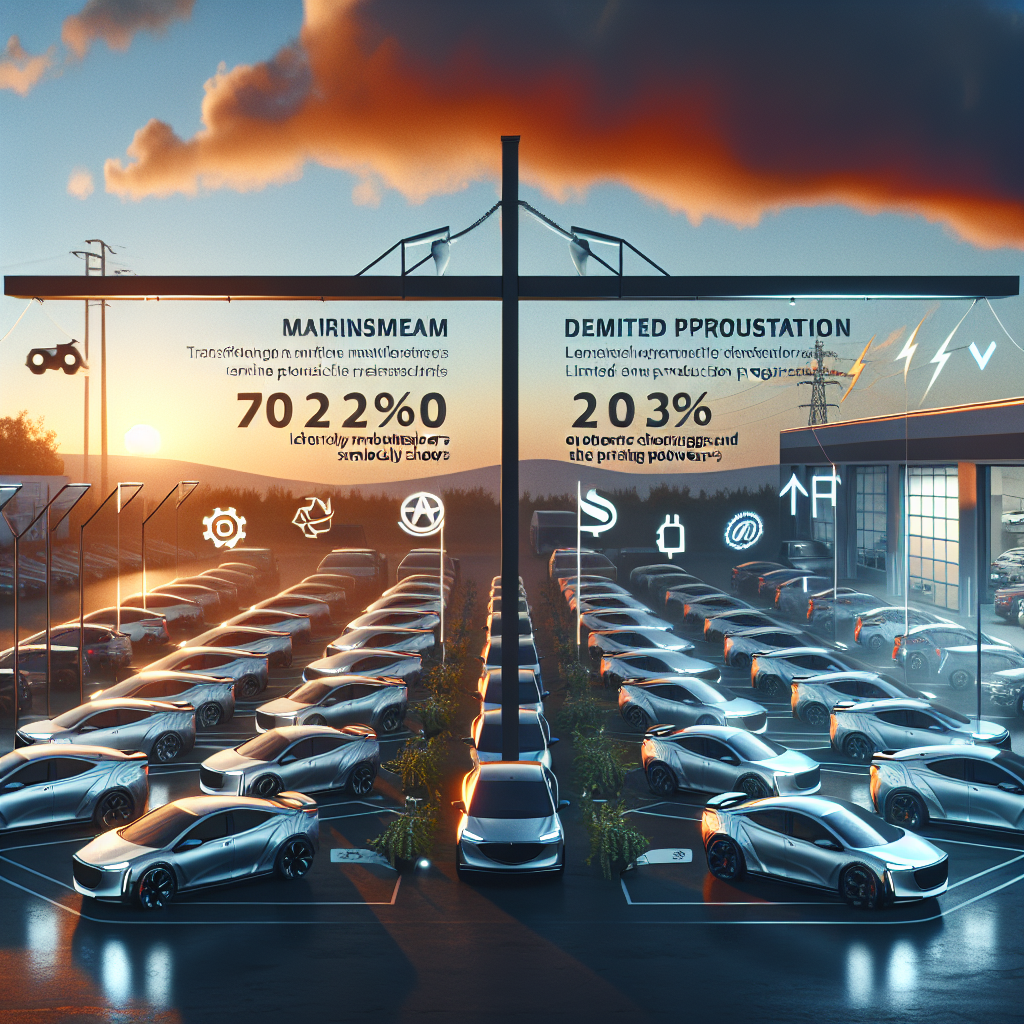
The automotive industry is experiencing a period of contrasting pricing strategies as manufacturers and dealers respond to evolving market conditions. While some brands are deploying aggressive financing offers and lease deals to move inventory, others are capitalizing on high-demand performance vehicles with substantial markups. The tension between automaker strategies and dealer practices has become increasingly apparent, with incentive programs ranging from zero-percent financing on electric vehicles to holiday-timed lease specials. Meanwhile, dealer-manufacturer relationships show signs of strain as some retailers publicly criticize corporate decision-making. These dynamics reveal an industry grappling with inventory management, pricing power, and the delicate balance between volume sales and profit margins across different vehicle segments.
